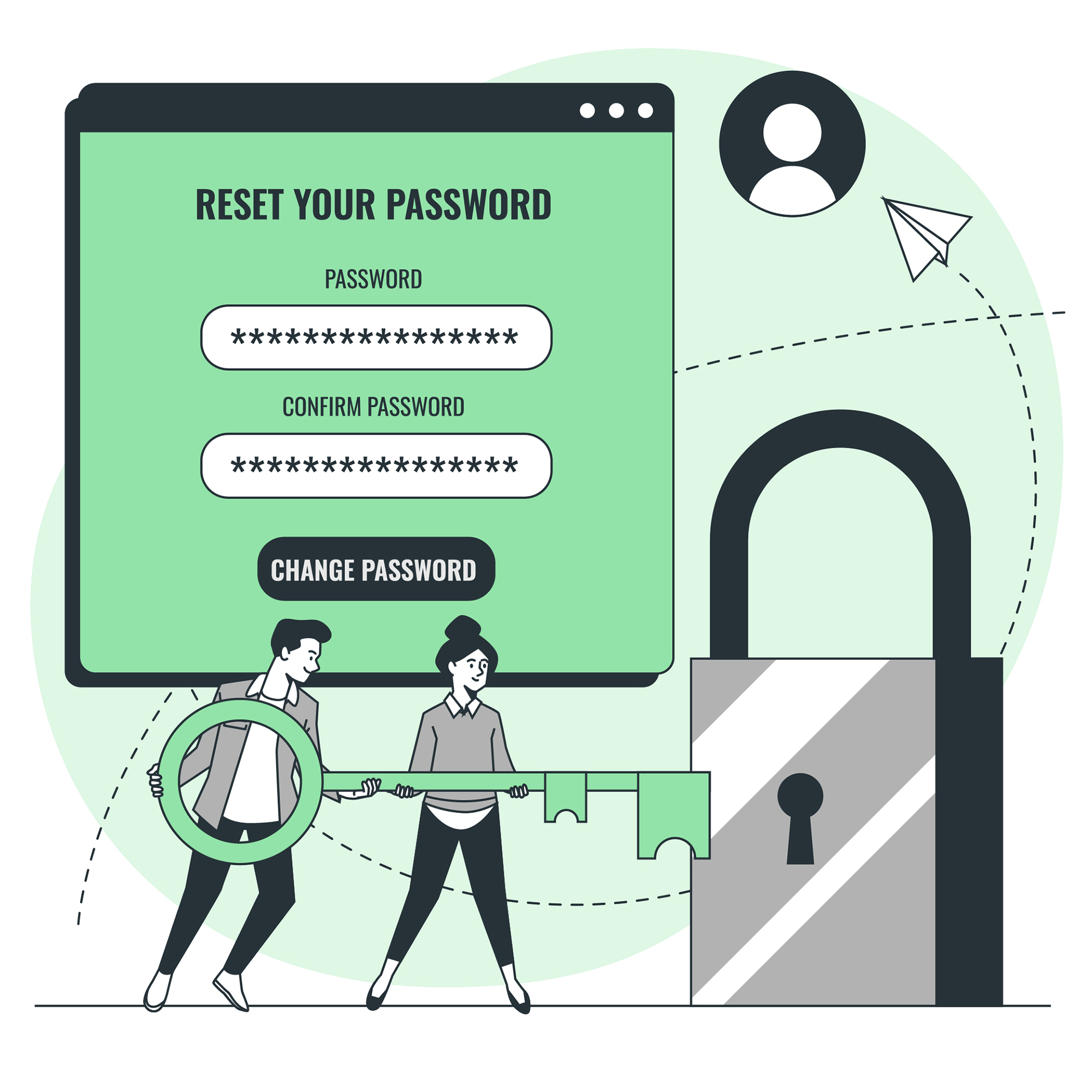Password cracking
In this digital age, passwords have become the primary way of securing our online accounts. We use them to access our banking, email, social media, and other online accounts. Unfortunately, passwords can be vulnerable to attacks by hackers who want to gain unauthorized access to our accounts. In this article, we will explore the techniques that hackers use to break passwords and ways to protect ourselves from these attacks.
Introduction: Why Passwords are Vulnerable
Passwords are vulnerable because they can be guessed, stolen, or cracked. Many people use simple passwords that are easy to guess, such as “12345” or “password.” Hackers can also steal passwords by tricking users into revealing them through phishing emails or other social engineering techniques. Moreover, passwords can be cracked by using sophisticated software that can guess passwords by trying multiple combinations.
The Basics of Password Cracking Techniques
Password cracking techniques involve using software that can guess passwords by trying different combinations of characters until the correct one is found. There are several methods that hackers use to crack passwords, including dictionary attacks, brute force attacks, and rainbow tables.
Dictionary Attacks: The Most Common Method
A dictionary attack involves using a software program that tries all the words in a dictionary, including common passwords and variations of words, such as adding numbers or symbols to the end of a word. This method is effective because many people use common words as passwords.
Brute Force Attacks: Time-Consuming but Effective
A brute force attack involves trying every possible combination of characters until the correct password is found. This method is time-consuming but can be effective, especially if the password is long and complex.
Rainbow Tables: A Powerful Tool for Attackers
A rainbow table is a precomputed table of all possible password hashes, which can be used to quickly look up the password that corresponds to a particular hash. This method is effective because it saves time compared to other techniques that require computing power to guess passwords.
Social Engineering: Tricking Users into Giving Up Passwords
Social engineering involves tricking users into revealing their passwords. This technique can involve sending phishing emails or creating fake login pages that look like legitimate ones. Users should always be careful and not reveal their passwords to anyone.
Password Managers: A Double-Edged Sword
Password managers are software programs that store passwords in an encrypted format. They make it easier for users to create and manage strong passwords for multiple accounts. However, if a password manager is compromised, all passwords can be exposed to hackers.
Multi-Factor Authentication: The Ultimate Defense
Multi-factor authentication involves using more than one method to verify a user’s identity. This can include a password, a fingerprint, or a one-time code sent to a user’s phone. This method is the ultimate defense against password attacks.
Tips for Creating Strong Passwords
Users should create passwords that are long and complex, with a mix of uppercase and lowercase letters, numbers, and symbols. They should avoid using common words, names, or dates that can be easily guessed. Moreover, users should avoid using the same password for multiple accounts.
Conclusion: Protecting Your Online Accounts
Password cracking is a common problem that can lead to identity theft and financial loss. Users should be aware of the various techniques that hackers use to crack passwords and take steps to protect their online accounts. This includes using strong passwords, multi-factor authentication, and being vigilant against social engineering attacks. By following these tips, users can keep their online accounts safe and secure.
Summing up “Cracking the Code: How Hackers Break Your Passwords”
In this article, we explored the techniques that hackers use to break passwords and ways to protect ourselves from these attacks. We learned that passwords can be vulnerable because they can be guessed, stolen, or cracked. We also learned about the various password cracking techniques, including dictionary attacks, brute force attacks, and rainbow tables. Finally, we discussed ways to protect our online accounts, including using strong passwords, multi-factor authentication, and being vigilant against social engineering attacks. By following these tips, we can keep our online accounts safe and secure.




![Crafting Unforgettable Passwords: A Guide for Developers A string of random characters typically has higher entropy compared to a few common words due to the vast number of possible combinations. For example, a 10-character lowercase password has roughly the same entropy as a 4-word passphrase picked from a 5000-word dictionary [5].](https://passwordclinic.com/wp-content/uploads/2024/06/automation-section-3-150x150.webp)




![A string of random characters typically has higher entropy compared to a few common words due to the vast number of possible combinations. For example, a 10-character lowercase password has roughly the same entropy as a 4-word passphrase picked from a 5000-word dictionary [5].](https://passwordclinic.com/wp-content/uploads/2024/06/automation-section-3.webp)

